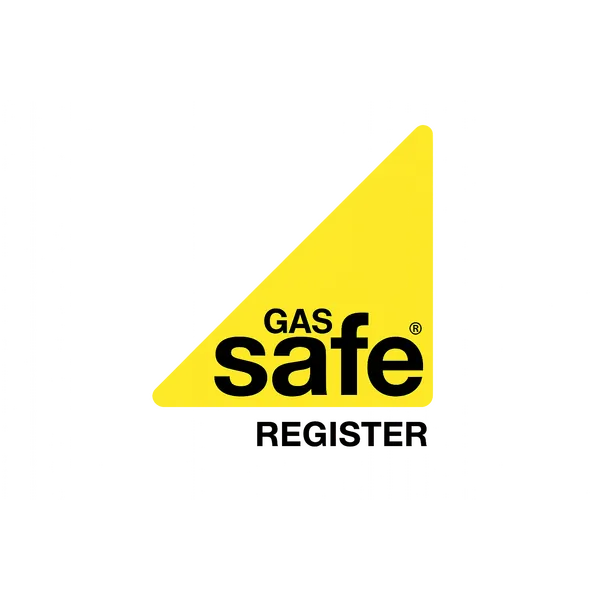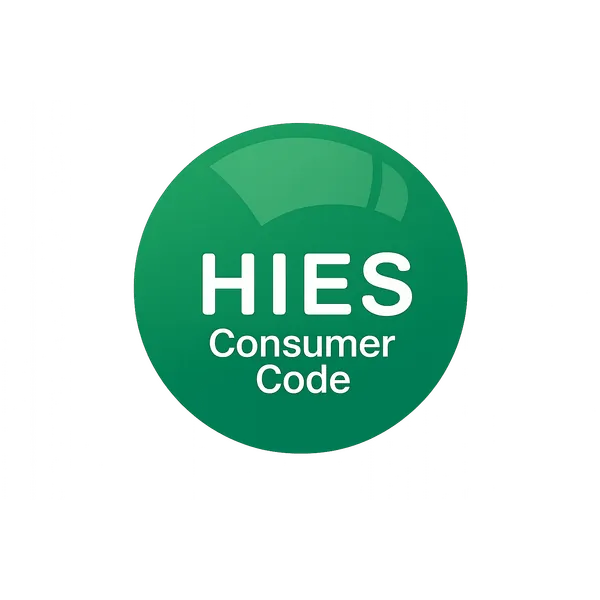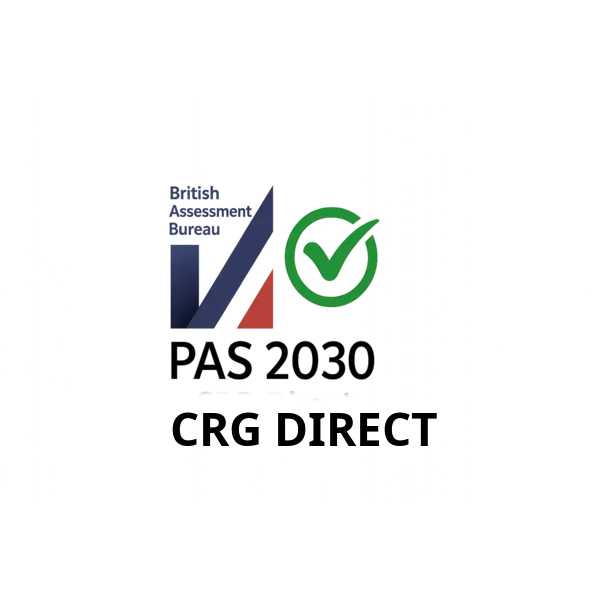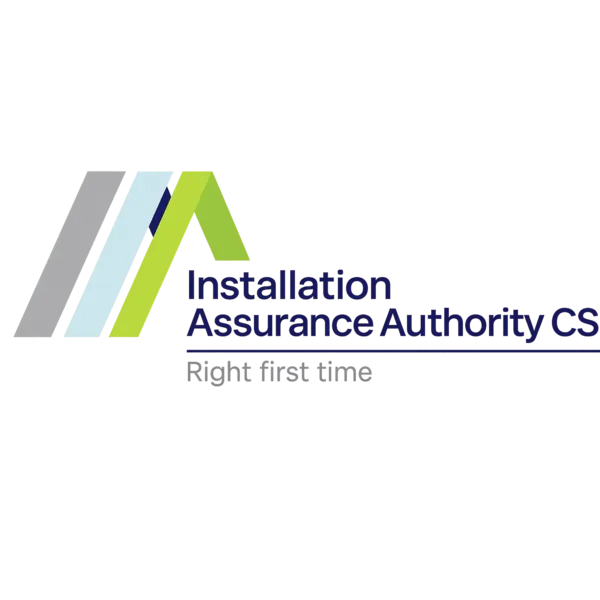The AI Revolution in Renewable Energy: How Machine Learning is Transforming Grid Management in 2025
The renewable energy sector is experiencing unprecedented growth, with global capacity reaching 2 terawatts in 2024—doubling in just two years. But this rapid expansion has created new challenges that traditional grid management systems simply cannot handle. Enter artificial intelligence: the game-changing technology that's making renewable energy more reliable, efficient, and scalable than ever before.
The Scale of the Challenge
The numbers are staggering. Data centers alone are expected to drive approximately 44 GW of additional energy demand by 2030, while cleantech manufacturing plants could add another 11 GW. This surge in demand is outpacing renewable energy supply, creating a critical need for smarter, more efficient grid management systems.
AI systems process vast amounts of data to optimize renewable energy grid management
"We're not just adding more renewable capacity—we're fundamentally reimagining how energy systems operate," explains Dr. Sarah Chen, lead researcher at the National Renewable Energy Laboratory. "AI is the missing piece that makes intermittent renewable sources as reliable as traditional power plants."
Real-Time Grid Optimization: The New Normal
Traditional power grids were designed for predictable, centralized generation. But renewable energy is inherently variable—solar panels produce power only when the sun shines, wind turbines only when the wind blows. This variability has historically been renewable energy's greatest weakness.
AI is turning this weakness into a strength through real-time grid optimization. Advanced machine learning algorithms can now:
- Predict energy production with 95% accuracy up to 48 hours in advance
- Balance supply and demand across thousands of distributed energy sources
- Automatically redirect power during outages or equipment failures
- Optimize energy storage to smooth out production peaks and valleys
The "Duck Curve" Solution
One of the most pressing challenges in renewable energy is the infamous "duck curve"—the imbalance between peak solar production at midday and peak energy demand in the evening. This mismatch has traditionally required expensive backup power plants to fill the gap.
AI-powered grid management systems are solving this problem by:
- Predictive load balancing: Algorithms analyze weather patterns, historical usage data, and real-time consumption to predict exactly when and where energy will be needed
- Dynamic storage optimization: Battery systems are charged during peak production and discharged during peak demand, all managed by AI systems that learn from usage patterns
- Demand response automation: Smart appliances and industrial equipment automatically adjust their power consumption based on grid conditions
Predictive Maintenance: Reducing Downtime by 70%
Perhaps the most impressive AI application in renewable energy is predictive maintenance. Traditional maintenance schedules are based on time intervals or reactive repairs after equipment fails. AI systems can predict failures before they happen, reducing downtime by up to 70%.
AI-powered predictive maintenance systems monitor equipment health in real-time
Here's how it works:
- Sensor networks continuously monitor equipment performance across wind farms, solar installations, and grid infrastructure
- Machine learning models analyze vibration patterns, temperature fluctuations, and electrical signatures to identify early signs of wear
- Automated alerts notify maintenance teams of potential issues weeks or months before failure
- Optimal scheduling ensures repairs happen during low-production periods
A wind farm in Texas using AI-powered predictive maintenance increased its operational efficiency by 23% while reducing maintenance costs by 35%. Similar results are being reported across the industry.
Smart Inverters: The Intelligent Interface
Smart inverters represent one of the most significant AI applications in renewable energy. These devices do far more than convert DC power from solar panels to AC power for the grid—they actively manage power quality and grid stability.
AI-powered smart inverters can:
- Continuously monitor voltage and frequency across the grid
- Dynamically adjust power output to maintain optimal energy flow
- Respond instantly to grid fluctuations and disturbances
- Coordinate with other inverters to provide system-wide stability
The result? Solar installations can now provide the same grid-stabilizing services as traditional power plants, making renewable energy a more reliable foundation for our electrical infrastructure.
Virtual Power Plants: The Distributed Energy Revolution
One of the most exciting developments in AI-powered renewable energy is the emergence of virtual power plants (VPPs). These systems aggregate thousands of distributed energy resources—solar panels, batteries, smart thermostats, and electric vehicles—into a single, coordinated energy system.
A typical VPP might include:
- 10,000 residential solar installations across a metropolitan area
- 5,000 home battery systems for energy storage
- 50,000 smart thermostats for demand response
- 1,000 electric vehicle charging stations for flexible load management
AI systems coordinate all these resources in real-time, effectively creating a power plant that exists entirely in software. The result is a more resilient, flexible, and efficient energy system.
The Economic Impact
The economic implications of AI in renewable energy are profound. According to recent industry analysis, AI-driven energy efficiency measures and smart grid technologies could generate up to $1.3 trillion in economic value by 2030.
Key economic benefits include:
- Reduced operational costs by up to 15% through optimized maintenance and operations
- Increased productivity by 10% through improved system reliability
- Lower consumer energy bills through more efficient distribution and reduced peak demand charges
- Accelerated renewable deployment by solving integration challenges
Real-World Success Stories
Google's DeepMind Partnership
Google's collaboration with DeepMind has boosted solar energy efficiency by 20% by optimizing panel orientations and tracking sunlight patterns. The AI system learns from weather data, satellite imagery, and real-time performance metrics to maximize energy production throughout the day.
Tesla's Megapack Installations
Tesla's AI-powered Megapack battery systems are revolutionizing grid-scale energy storage. In Australia, the Hornsdale Power Reserve has saved consumers over $150 million in electricity costs while providing crucial grid stability services.
Siemens' Digital Twin Technology
Siemens is using AI-powered digital twins to optimize wind farm performance. By creating virtual models of wind turbines and using machine learning to analyze performance data, they've increased energy production by 15% while extending equipment lifespan.
Looking Ahead: The Future of AI in Renewable Energy
As we move further into 2025, several emerging trends are shaping the future of AI in renewable energy:
The future of renewable energy is intelligent, autonomous, and fully integrated
Advanced Weather Prediction
Next-generation AI systems are incorporating satellite data, IoT sensors, and advanced atmospheric modeling to predict weather patterns with unprecedented accuracy. This enables renewable energy systems to optimize production days or even weeks in advance.
Autonomous Grid Management
We're approaching a future where entire electrical grids can operate autonomously, with AI systems making thousands of optimization decisions per second without human intervention. This level of automation will be essential as renewable energy becomes the dominant power source.
Blockchain-Enabled Energy Trading
AI systems are being combined with blockchain technology to enable peer-to-peer energy trading. Homeowners with solar panels can automatically sell excess power to neighbors, with AI optimizing pricing and distribution in real-time.
The Challenges Ahead
Despite these impressive advances, significant challenges remain:
Data Security and Privacy
As energy systems become more connected and data-driven, cybersecurity becomes increasingly critical. AI systems must be designed with robust security measures to protect against potential attacks on critical infrastructure.
Workforce Transition
The shift toward AI-powered renewable energy systems requires new skills and training programs. The industry must invest in workforce development to ensure a smooth transition.
Regulatory Adaptation
Current energy regulations weren't designed for AI-powered, distributed energy systems. Policymakers must adapt regulatory frameworks to support innovation while ensuring grid reliability and consumer protection.
Conclusion: A Smarter, Cleaner Future
The integration of artificial intelligence into renewable energy systems represents more than just technological advancement—it's a fundamental transformation of how we generate, distribute, and consume energy. By making renewable energy more reliable, efficient, and cost-effective, AI is accelerating the global transition to clean power.
As we look toward 2030 and beyond, one thing is clear: the future of energy is not just renewable—it's intelligent. The convergence of AI and renewable energy is creating new possibilities for a sustainable, resilient energy system that can meet the growing demands of our digital economy while protecting our planet for future generations.
The renewable energy revolution is being powered by artificial intelligence, and the results speak for themselves: cleaner air, lower costs, and a more reliable electrical grid. As these technologies continue to evolve and mature, we can expect even more dramatic improvements in the years ahead.
The question isn't whether AI will transform renewable energy—it's how quickly we can deploy these technologies at scale to meet the urgent challenges of climate change and energy security. The revolution is already underway, and the future looks brighter than ever.
Ready to embrace the future of renewable energy? Contact us to learn how AI-powered renewable energy systems can transform your property or business today.















